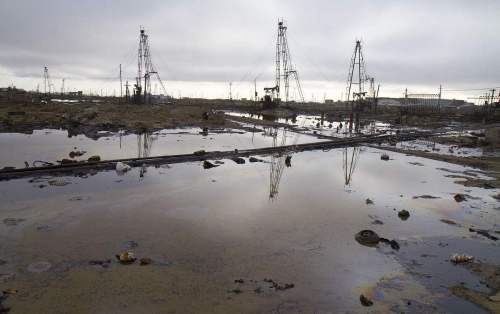Sludge disposal refers to the disposal of treated sludge in the natural environment (ground, underground, water) or reuse, which can achieve long-term stability and the ultimate consumption method without adverse effects on the ecological environment. The main sludge disposal methods in my country currently include sanitary landfill, incineration, land utilization, and building materials utilization.
In 2009-2011, under the leadership of the Ministry of Housing and Urban-Rural Development, a batch of urban sewage treatment plant sludge treatment and disposal standards was compiled and issued, of which the “GB/T23484-2009 Urban Sewage Treatment Plant Sludge Disposal Classification” clearly provided four categories and a total of 11 items Disposal routes, corresponding to these disposal routes, issued (extended) a series of mud quality standards.
Among the 11 disposal routes in the above four categories, the three routes of separate landfill, production of lightweight aggregates, and fuel utilization (combined burning in power plants) do not yet have specific corresponding mud quality standards. There are objective policy risks and should be considered technically There are obstacles or lack of conditions for large-scale use in China. In practical applications, the two routes of brick making and separate incineration have basically not been adopted due to economic and environmental reasons. Mixed landfill (including the use of covering soil) is frequently eliminated as the resources of the landfill are gradually depleted. Some insiders suggest that the remaining five routes (landscaping, soil improvement, agricultural use, cement production, and mixed burning of garbage) should be selected in the following order according to the level of environmental protection requirements:
| S.N. | Item | Range | Details | Standards |
| 1 | Sludge land use | Landscaping | Substrate material or fertilizer raw material for construction and maintenance of urban green space system or suburban forest land | GB/T23486-2009、CJ/T362-2011 |
| Land improvement | Soil improvement materials for saline land, sandy land and abandoned mines | GB/T24600-2009 | ||
| Agricultural | Agricultural fertilizer or farmland soil improvement materials | GB4284-1984、CJ/T309-2009 | ||
| 2 | Sludge landfill | Separate landfill | Landfill disposal in a landfill dedicated to landfill sludge | There is no corresponding mud quality standard |
| Mixed landfill | Mixed landfill in municipal solid waste landfills (including utilization of landfill covering materials) | GB/T23485-2009 | ||
| 3 | Utilization of sludge building materials | Cement | Some raw materials or additives for cement | CJ/T314-2009 |
| Brick making | Some raw materials for making bricks | GB/T25031-2021 | ||
| Lightweight Aggregate | Some raw materials for making lightweight aggregates (ceramsite, etc.) | There is no corresponding mud quality standard | ||
| 4 | Sludge incineration | Burn separately | Special sludge incinerator for incineration | GB/T24602-2009 |
| Incineration mixed with garbage | Incinerate with domestic waste | There is no corresponding mud quality standard | ||
| Sludge fuel utilization | Used as fuel in industrial incinerators or incinerators in thermal power plants | There is no corresponding mud quality standard |
(1) When the mud quality meets the requirements of GB 4284-1984 and CJ/T309-2009, and there is enough farmland for consumption, the agricultural disposal method of sludge is preferred;
(2) When the mud quality does not meet the above conditions (1) but meets the requirements of GB/T 23486-2009 and CJ/T362-2011, and there is enough green land (or woodland) for consumption, use sludge landscaping disposal method;
(3) When the mud quality does not meet the above conditions (1) and (2) but meets the requirements of the GB/T 24600-2009 indicators, and there are sufficient saline-alkali land, sandy land and abandoned mines waiting to be repaired for land use Disposal method of sludge soil improvement;
(4) When the mud quality does not meet the above conditions (1), (2), (3), or meets the requirements of various indicators in GB/T 24600-2009 but does not have enough land for consumption to be repaired and has a waste incineration plant At the same time, when the mixed burning can meet the requirements of GB18485-2014, the mixed burning with garbage disposal method shall be adopted;
(5) When the mud quality does not meet the above conditions (1) and (2), and the cement kiln resources are not available for the land to be repaired and the waste incineration plant, the cement kiln co-processing method is adopted; because the cement kiln Resources are extremely limited, and many central cities reserve them as hazardous waste and emergency solid waste disposal resources, so it is difficult to use them as a long-term means of large-scale sludge disposal.


